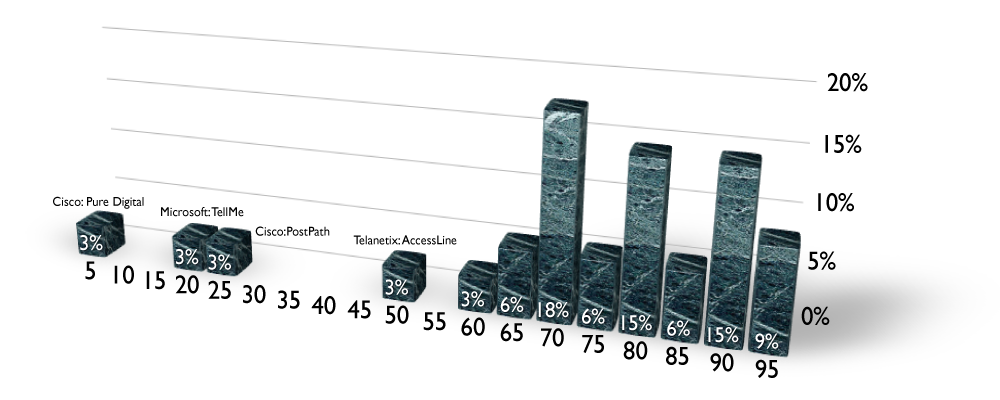 Who'd have guessed that Scott McNealy and Larry Ellison could agree to best IBM's offer and have the famous server computer company acquired by the enterprise software company?
Who'd have guessed that Scott McNealy and Larry Ellison could agree to best IBM's offer and have the famous server computer company acquired by the enterprise software company?
As I study the deal, which was announced April 20, 2009 this deal makes much more sense than the Sun-IBM combination, which would have faced brutal anti-trust scrutiny (remember, the Democrats are in charge and have been leading attacks against windmills and against IBM for many years in past decades). IBM-Sun was about Sun's legacy and would have led to job cuts and culture clash. Combining Oracle and Sun Microsystems into the 'unoracle' brings the world's most popular enterprise database product together with the world's most popular OPEN SOURCE database product (MySQL), which Sun purchased a year ago. Sun's Java technology and StarOffice investments are powerful produts that are effectively competitive against Microsoft's development tools and Office portfolios. Presumably, under Oracle tutilage, Sun could actually get some air-cover to faciliate their complete corporate transformation into a leading software enterprise.
About the dime. A friend of mine and I discussed that for a dime, IBM left Sun on the table. I countered that IBM has acquisition discipline. They know what their walkaway price is. Remember, the #1 reason why M&As fail, is that the buyer paid too much. To counter that, you need to walk into a negotiation knowing at what price you will walk away. And, in today's recessionary climate there are many deals possible, but the buyer has to condition the seller to be realistic in THIS climate. (NORTEL please read this).
Here's the Brockmann score on the deal:
Strategic Fit [4/5].
Sun Solaris, the server operating system is the leading platform for Oracle products, and Oracle Fusion, the next generation ERP system is built using Java. Oracle plans to continue to invest in these two platforms and their product implementations of these two platforms to generate tighter feature leverage and innovation. Oracle's ownership of BEA can push their fledgling Application Server software into the telecom service core more aggressively since Sun is the dominant server supplier to telecom companies.
On the downside, Oracle will have a new, legacy domain to worry about – hardware. Sun has been expanding its offer to include servers built with Intel processors and even supporting Sun servers running Microsoft Windows. How these fit into the sales model will be interesting. They may go away by being starved of R&D, or they may flourish with renewed focus and investment.
Timing [5/5].
Now is the time for consolidation in enterprise IT markets. Extracting efficiencies in supply chain, sales coverage and R&D are practical in tough times and will position the larger Oracle as a MORE formidable competitor than ever. Microsoft – watch out!
Customer Demand [3/5].
I don't think Sun customers really saw this coming, and are wondering what it means to them. On the other hand, Oracle customers will like the prospect of getting their hands on a unified support contract for the server, the server OS and the enterprise application. This will really strengthen customers' resolve to stick with the unoracle and stop the market share erosion in Sun servers. Of course, if Sun stops innovating on the servers they will be history.
Potential [5/5].
This is a good deal for Sun. With the stroke of a pen and a handshake, they have stopped Cisco, IBM, HP and Dell's server market gains. Of course, this is only temporary and could reverse the trend or accelerate it in about two quarters if there are no new platforms or technologies introduced. Some argue for Oracle to sell the server business. I disagree. I think this is a bad idea. Having premium hardware, OS and applications together makes life easier for customers, sales and support professionals. It enables application-specific innovation and a level of vertical integration that the market hasn't seen for a while (except in Apple).
Who knows? Maybe Oracle will regain the industry agenda and go harder after virtualization markets and network-centric desktop appliances (again).










